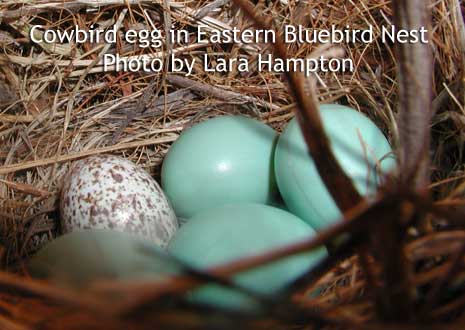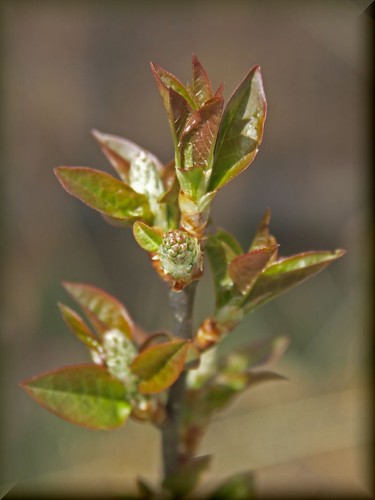Post contributed by Conservation Corps of Minnesota, Youth Outdoors Crew 1:
 |
|
Mississippi River Boulevard
(Fall 2011)
|
A week full of planting. Last year, a Conservation Corps Youth Outdoors adult crew spent a few weeks cutting buckthorn along the top portion of the bluff along the Mississippi River Boulevard from Desnoyer Park to Hidden Falls. This portion of the Mississippi River Valley is known as the gorge, defined by its steep slopes, sandstone, and limestone. With the chainsaw work finished, Youth Outdoors crews removed the cut brush in the spring to make room for the nearly 5,000 trees we will be planting by May 4th, 2012!
After buckthorn removal at
Mississippi River Boulevard
(Spring 2012)
|
| Conservation Corps member using a dibble bar to plant saplings |
On Wednesday morning, Youth Outdoors Crew 1, with the help of a Youth Outdoors crew from Minneapolis, grabbed their dibble bars and planted close to 500 saplings. We were planting Bur Oak, Red Oak, Nannyberry, Plum, Red Osier Dogwood, and Bitternut Hickory. Using the dibble bars, a tool designed to make a narrow hole in the ground ideal for planting saplings, we started at Shadow Falls and worked north from there. It is important to follow up buckthorn removal with planting native species, because if an area is left alone, exotic species can re-establish.
Needing to get a lot of trees in the ground along the bluff, Youth Outdoors Crew 1 spent Friday and Saturday along MRB with their dibble bars in hand. On Saturday, a group of alumni from Macalester College braved the rainy weather to help plant. We planted Bur Oak, Red Oak, and some Dogwood along the Hidden Falls Overlook. Following the volunteer event, we continued to plant saplings and were lucky enough to stumble upon a few morel mushrooms and a mother duck keeping her eggs warm.
| Mallard hen duck sitting on her eggs |
-Youth Outdoors Crew 1








